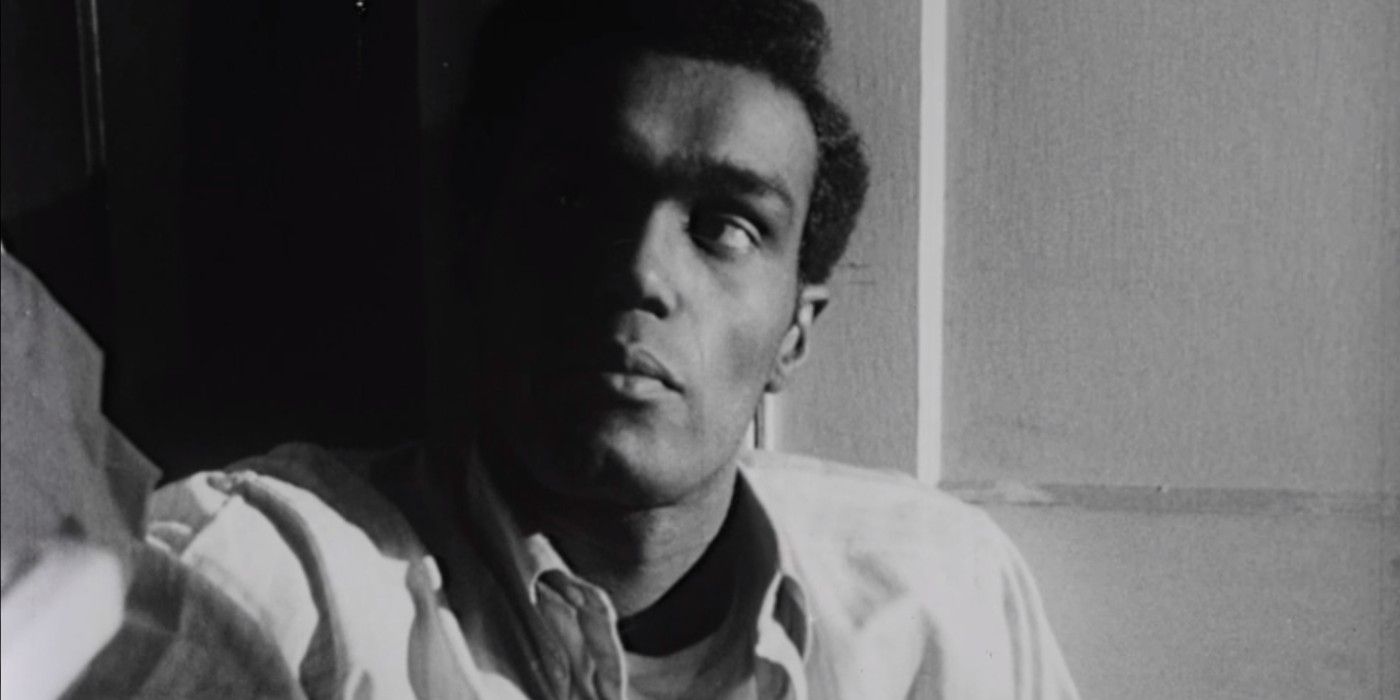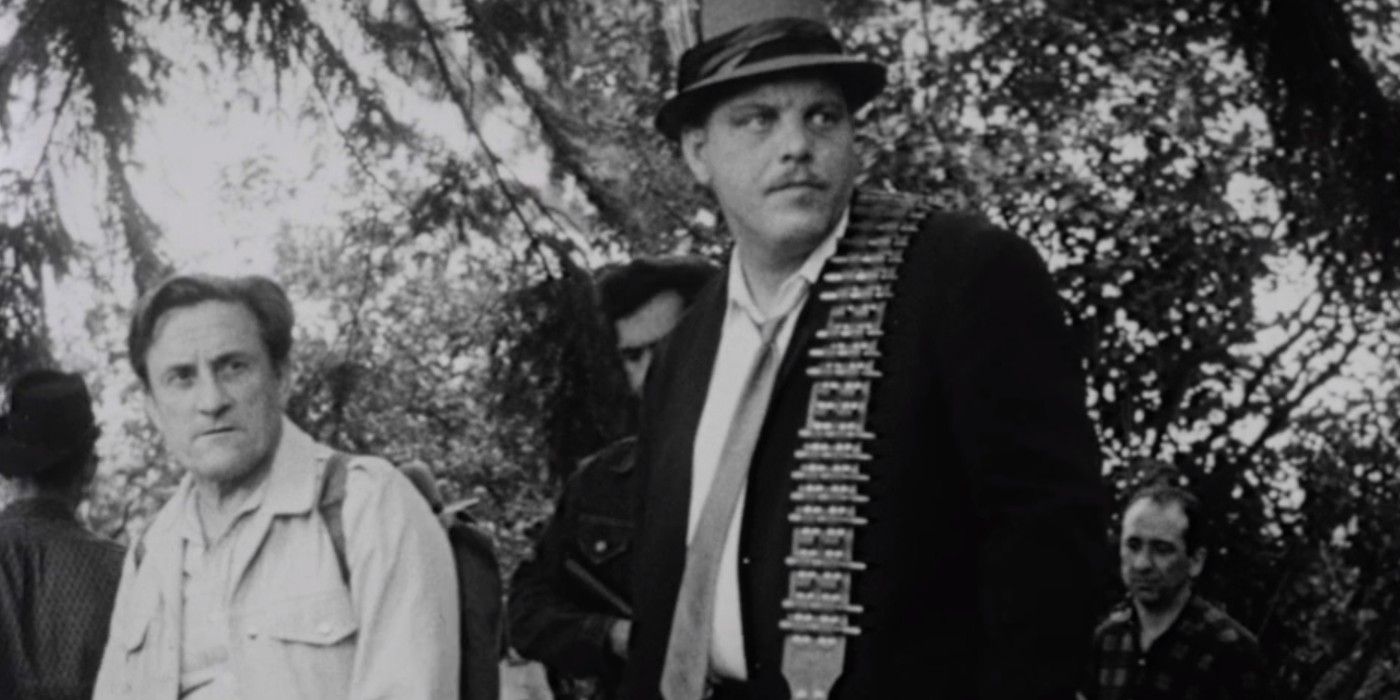In 1968, George A. Romero made his directorial debut with Night Of The Living Dead which follows seven people trapped in a house surrounded by the undead. The film popularized the zombie sub-genre in horror, but its ending was notably controversial.
Opening up on two siblings visiting their father’s grave, the film immediately introduces the primary threat of cannibalistic reanimated corpses. After witnessing her brother Johnny fall victim to one of the undead, Barbra runs to a nearby farmhouse to take shelter. Shortly following her arrive, the main protagonist Ben (Duane Jones), a Black man, arrives and secures the home for them. They discover that there are more people hiding in the house and all of them ban together to try to come up with a plan to survive.
As all of their attempts begin to fail and they are picked off one by one, Ben becomes the last remaining survivor. He finds refuge in the cellar after successfully fighting off the undead. In the morning, he decides to leave the house. At the same time, police and townspeople are searching for any of the undead in hopes of wiping them out. As Ben begins to leave the farmhouse, he is mistaken for a reanimated corpse and shot on sight.
The Controversial Ending Explained
The synopsis for Night Of The Living Dead's ending may not seem controversial but it is riddled with discourse on race and the 1960s United States Civil Rights movement. As a horror film shot in the 1960s, the film’s inclusion of a Black protagonist was groundbreaking. With his calm and calculating demeanor, Ben subverted Hollywood tropes of Black men as aggressive. Despite his efforts to keep the group safe, they all die when they refuse to listen to him as he cautions their dangerous actions. If given a chance, he could have saved them all.
While he did save himself, Ben dies at the hands of police officers yielding guns and German Shepherds. The final scenes of the film reflect what was currently happening in America to Black people. When the world was ending at the hands of the undead, everyone banned together, but racism was not lost. Ben is visibly wielding a gun and does not resemble the undead whatsoever. Yet, he is still somehow perceived as a threat and, thus, shot.
The ending of George A. Romero's film was controversial because it made audiences take a deeper look at the current social and political issues in America. Night Of The Living Dead is a classic horror film that delivers an unforgettable message through Ben and his death that has endured the test of time and gone on to inspire modern horror cinema.


